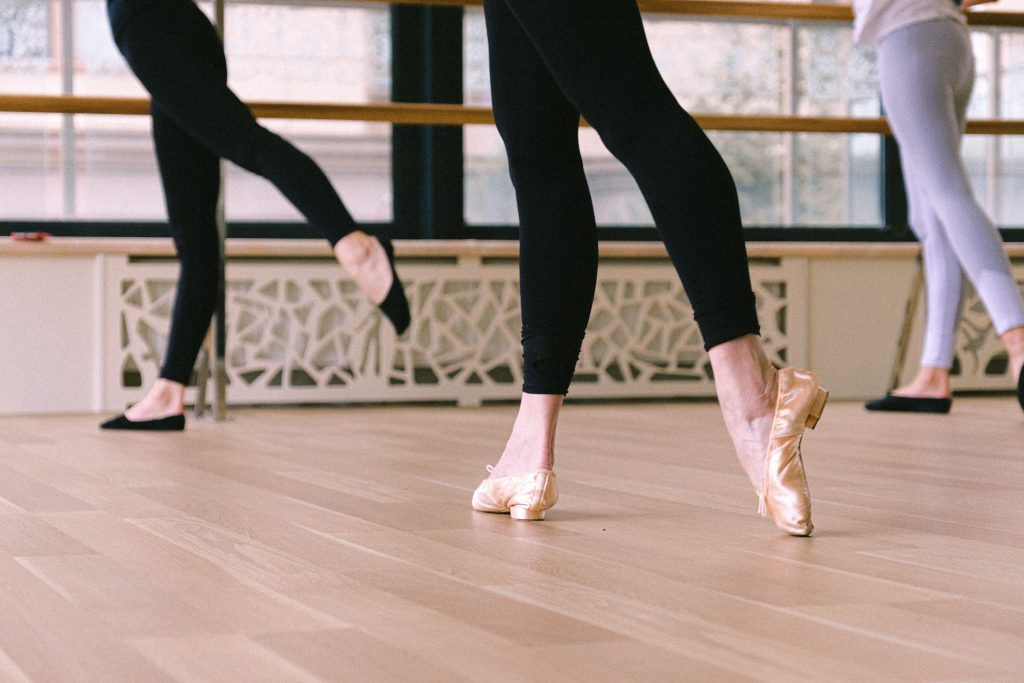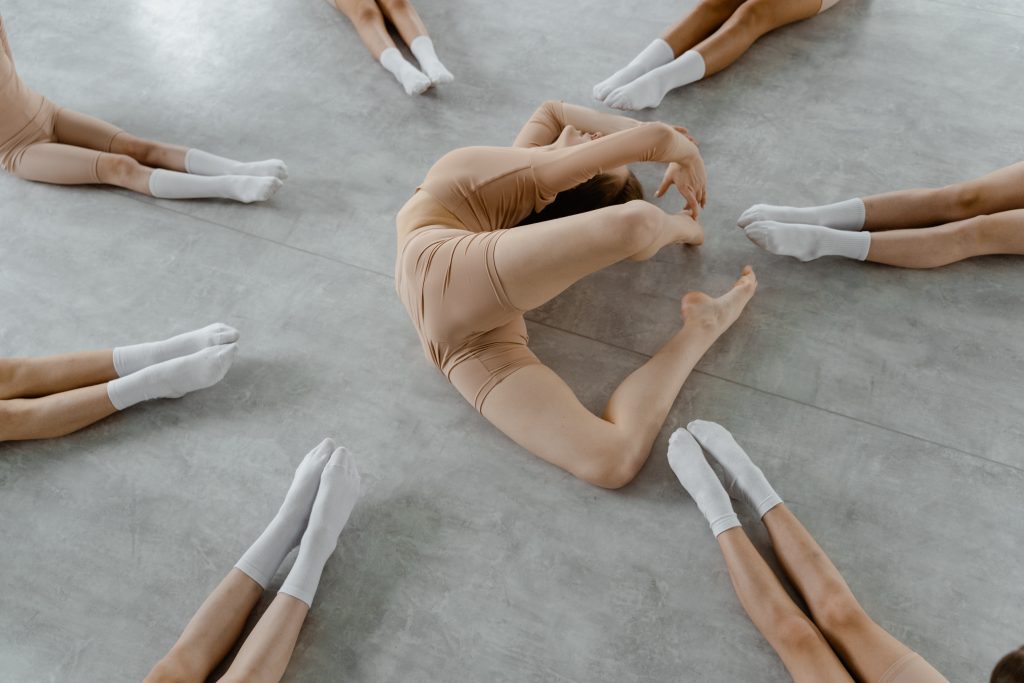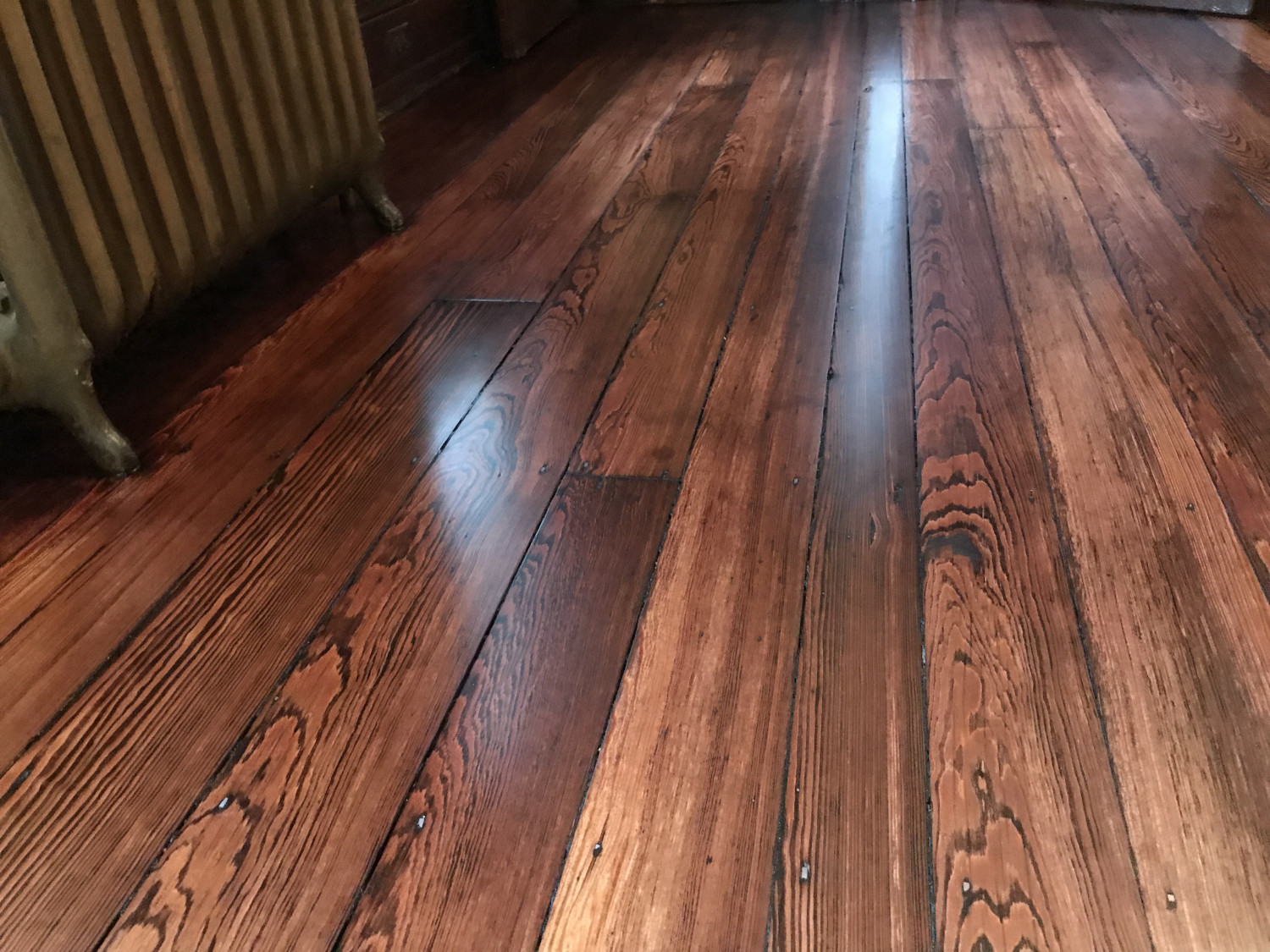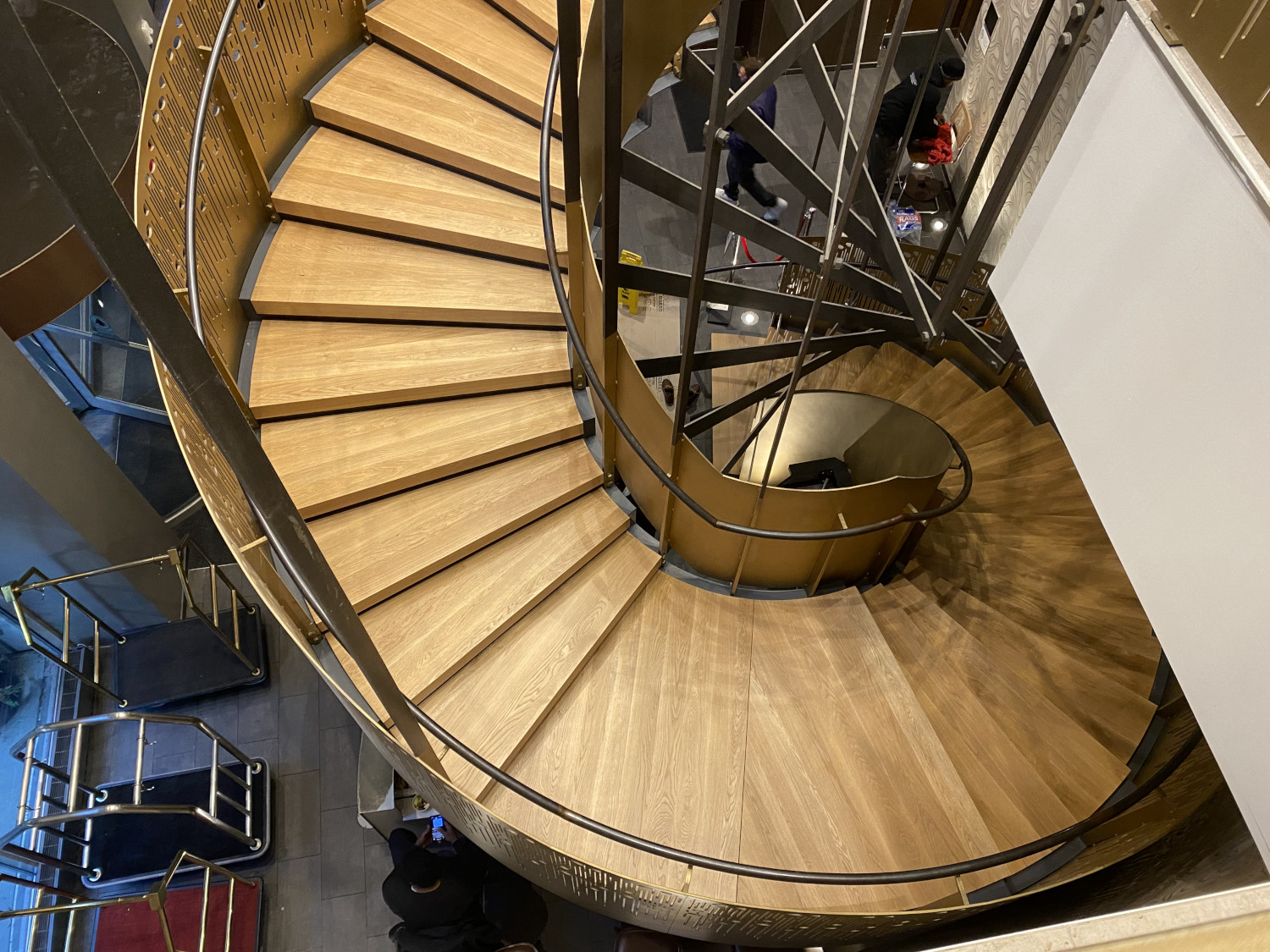What is the Best Hardwood Flooring for Dancers?
Whether installing a hardwood floor for a professional dance studio or transforming a space in your home for your own personal studio, choosing the right type of flooring will make all the difference.
The best dance studio flooring is going to vary depending on several factors, including the dance style and overall look. That means choosing the right materials to combine safety and style.
The first and most important quality of a dance floor is that it is sprung. A sprung floor maximizes shock absorption and has a softer feel. It should also be slip-resistant and allow for maximum maneuverability. Both qualities are common in flooring used for dance, multi-purpose spaces, and indoor sports to reduce injury.
As for style, your hardwood floor choice greatly depends on the dance type being performed. For example, a ballet dancer who spends significant time on pointe will benefit from a flooring choice that will support the joints and offers a feeling of security and stability. A floor for tap dancing, conversely, should be durable with certain acoustic properties. Contemporary dance will require a flooring product that is smooth and easy on bare feet.
This article will outline some of the best hardwood flooring choices for dancers. When picking just the right flooring product for your dance studio, there are many options to choose from.

Best Hardwood Floors for Dance
When most people think of a dance studio, they immediately think of hardwood floors as the best type of flooring surface to use. There is a good reason for that. Hardwood floors can easily withstand wear and tear, making it an ideal choice for all dance styles, from tap to ballet.
Unfortunately, a hardwood floor will be the most expensive option for your dance studio. However, they are especially popular in home studios when you want to match the look of the hardwood flooring in the house.
If you choose a hardwood floor for your dance space, you must install a sprung subfloor first, as mentioned above. That will create the safest practice space possible. You’ll want to hire a professional wood flooring expert to install hardwood dance floor in your studio.
However, hardwood flooring is not your only floor product choice for dance studio flooring. Some other popular dance studio flooring products include:
Dance Studio Laminate Flooring
Dance studios choose laminate flooring products because the material is available in many forms, allowing you to match your studio walls and paint colors easily. When installed properly, over a sprung subfloor, a laminate flooring product can be quite aesthetically pleasing. Compared to hardwood flooring, laminate will work well in a dance studio and can offer a wood look at a much cheaper price point.
The downside to using laminate flooring in a dance studio is that laminate surfaces tend to be too slippery for most dance styles. Laminate flooring should only be used for contemporary dance, where the dancers are barefoot, allowing for greater stability and grip.
Dance Studio Vinyl Flooring
Vinyl flooring is great for contemporary dance and ballet. It is common in dance studio use, especially at-home studios. Like a hardwood dance floor, a vinyl dance surface must include a sprung subfloor. Soft vinyl flooring will dampen sound, and, as a result, it is not ideal for tap because the acoustics aren’t as crisp. However, they are a great choice for home studios where a quieter sound is more desirable.
Like a hardwood dance studio floor, a vinyl floor involves complex installation and, therefore, should be done by a professional flooring expert.

Dance Studio Plywood Flooring
The majority of dance studio floors are made from plywood. However, there are many plywood types to choose from, including manufactured boards that look and feel like plywood but are not and therefore are sometimes mistaken for plywood. Many manufactured wood boards are available, including oriented strand boards (OSB), medium-density fiberboards (MDF), and particle boards. Remember, compressed wood products aren’t plywood and are less durable and resilient.
The quality of a plywood board will vary considerably, which can determine how durable and resilient the dance floor will be. Plywood comprises thin wood sheets, or veneers, glued together in layers, with each layer’s grain running in alternate directions for greater stability.
Why You Need a Hardwood Flooring Expert for Your Studio Dance Floor Installation
There is a lot to consider when planning your dance studio flooring installation. That’s why it is important to consult a wood flooring expert to help you decide which flooring product will meet your needs, provide maximum safety, and be aesthetically pleasing.
If you want to discuss these dance studio flooring options in greater detail or if you have more questions about dance studio hardwood flooring options, contact the Pennsylvania hardwood dance flooring installation experts at Artisan Wood Floors today – call (215) 515-7355 and ask for Steve!
Recent Hardwood Flooring Projects in Philadelphia & NJ




0 Comments